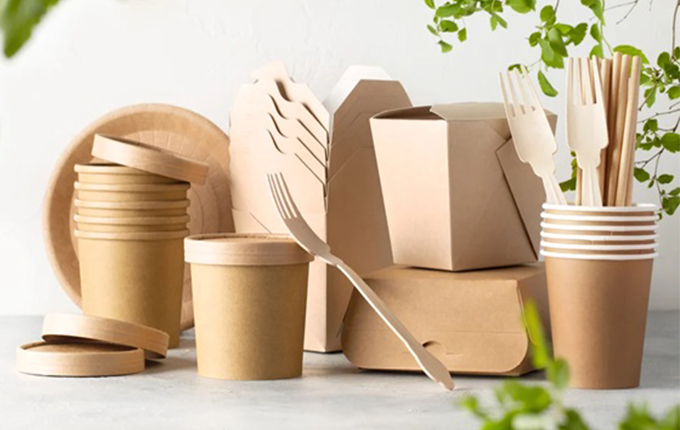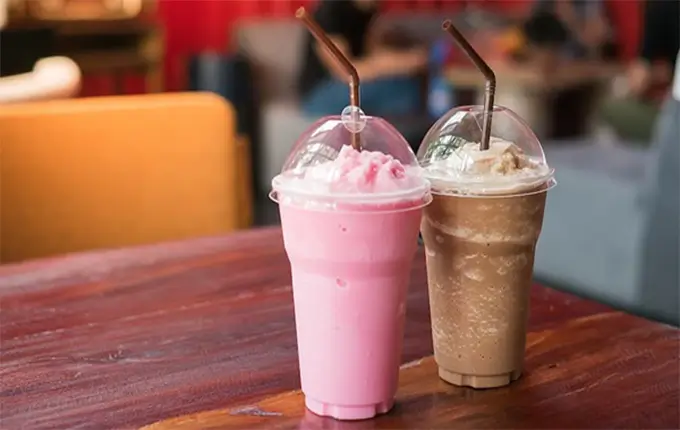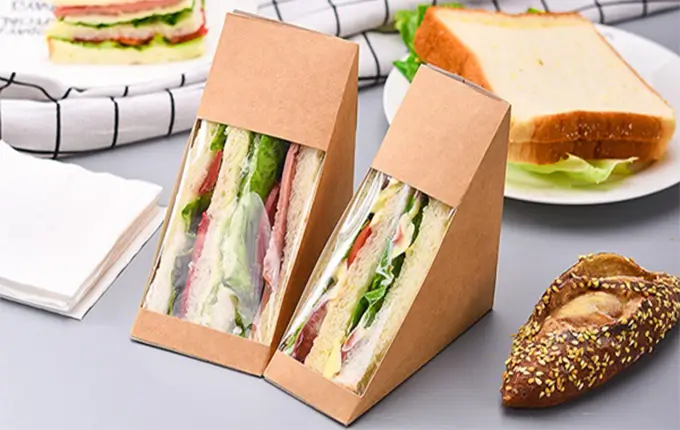All of us must have faced this discussion in gatherings and ceremonies when seeing disposable plastic containers, that many people consider the use of these containers to serve food and drinks especially at high temperatures to be harmful. This issue is not far from reality and many of these products release harmful monomers under heat, which can potentially cause serious problems for our health by entering food and accumulating in body tissues. Since the manufacturers are also aware of this weakness, efforts to find an alternative material for these goods have started years ago.
These efforts have progressed in several ways and parallel to each other, one of which is the use of plant raw materials. In this article, we will introduce you to these products so that you can better understand their strengths and weaknesses, and if you are looking to buy these products, you will get a better understanding of their characteristics and uses.
Table of Contents:
All kinds of raw materials for disposable vegetable dishes
When talking about plant-based raw materials in this field, you often come across the term bioplastic. This term defines the foundation of this idea to replace materials such as polyethylene and polystyrene in the most concise way possible: plastic that is often based on natural and organic materials and often has biodegradable properties, that is, in nature Without the intervention of secondary materials, it is decomposed and converted into its basic compounds, which causes the least damage to the environment.
The production of bioplastics is associated with various challenges. Apart from the need to provide a high level of technology, depending on what material you use, you will face different heat resistance, different levels of moisture tolerance and different degrees of hardness for shaping. Mainly, we can summarize the most important materials in this field and their characteristics in the following table:
| Ingredient | Biodegradability | Easy formation | Heat Resistant | Moisture resistant |
| Sugar cane | √ | × | √ | × |
| PLA | × | √ | √ | √ |
| bamboo | √ | × | √ | × |
| Palm leaf | √ | × | √ | √ |
| Corn starch | √ | √ | √ | √ |
Most of these raw materials are known as agricultural products or are considered among the wastes obtained from the process of harvesting plant materials. As you can see, the main problem of bioplastics is the difficult formation of some of their models and, secondly, the controversial resistance of these products to moisture. The first problem is caused by the structure of the original tissue, while the vulnerability to moisture is directly related to the fact that many bioplastics absorb water instead of being water repellent like normal plastics.
In the meantime, one of the winning cards of the producers of these products is a substance called polylactic acid, which is known as the abbreviation PLA in the table above. In the following, we will introduce this material to you more.
What is polylactic acid (PLA)?
Polylactic acid is a hard and heat-resistant material obtained from corn by-products and its flexibility is comparable to petroleum plastics such as polyethylene. Its major advantage over its petroleum counterparts is its far easier degradability and recycling, although there is no doubt that biodegradability cannot be considered among the characteristics of this material. In other words, this Not much against impact. To deal with this problem over the years, manufacturers have tried different additives, the most important of which are ethylene glycol, glycerol, glucose monoesters, citrate esters, and oligomers. The result is a transparent, flexible and resistant material that can easily meet your needs in various general and specialized fields. But what advantages make it suitable for disposable dishes?
Advantages of using PLA to make disposable containers
Regarding the advantages, it should be noted that despite having far less losses than materials such as polyethylene and polypropylene, PLA is considered a serious competitor for these two widely used polymers in terms of performance. In fact, this balance in function has become so important that if it were not for the higher production cost of bioplastics, we would have undoubtedly faced the replacement of classic plastics with PLA.
The most important advantages of using this type of disposable products, apart from their performance being close to similar examples of petroleum polymers, include the following:
- The polymer obtained from this material is crystalline and its melting point is around 180 degrees Celsius. Therefore, it has a very good thermal resistance compared to its petroleum counterparts.
- Its strength is comparable to polyethylene and polystyrene at room temperature.
- Its production is easier compared to other plastics and it has better thermal processing.
Disadvantages of using PLA to make disposable containers
As we said, perhaps the most important point that prevents PLA from taking the place of polyethylene and polypropylene in the disposable plastics market is its high production cost and, as a result, the cost is too high. The production process of this material is not difficult and it has significant energy savings, but the cost of technology and its initial preparation is so high that few industrialists (especially in Iran) tend to gamble with their capital by supplying disposable products of this kind.
At the world level, with the support of international institutions and some governments that put environmental protection as a higher priority than others, the optimization of the production process of polylactic acid has begun, and we can expect the supply of these products in the coming years. be done more easily. Apart from the discussion of cost, the other most important disadvantages of this material are:
- It is more fragile than flexible. In other words, instead of bending under high pressures, it crumbles. This makes it difficult to store and maintain it in high volumes.
- Easier degradability than polyethylene makes it deteriorate in a shorter period of time.It is relatively water-repellent, so in very humid environments, the possibility of absorbing water and reducing its life is a serious threat.
- It is thermally unstable, so the hotter it gets, the more it loses its properties.
Conclusion:
In this article, we will introduce you to the plant-based raw materials of disposable containers, and we will especially discuss PLA, a material that is expected to become a major player in the field of disposable products in the coming years. In Khuzestan Plastic Industries Group, our efforts have always been focused on satisfying our dear audience, and after working in this market for a long time and gaining many experiences, we have come to the conclusion that we seek part of this satisfaction in the form of sharing our knowledge with you. do. We hope that we can provide useful and comprehensive information for both those who are interested in this field and learning more about it, and for market participants who intend to enter the production of new products and pave the way to achieve their goals.




